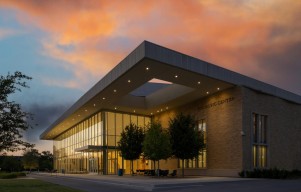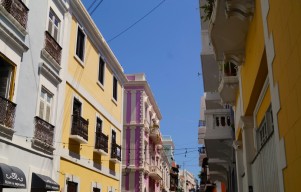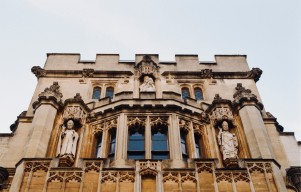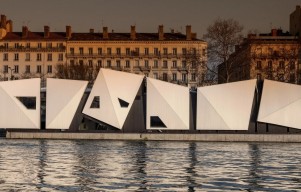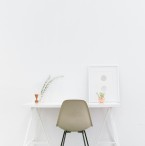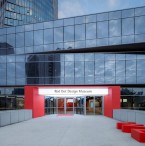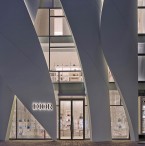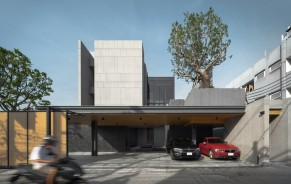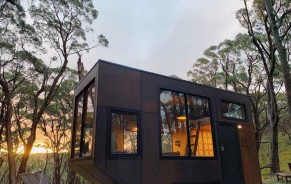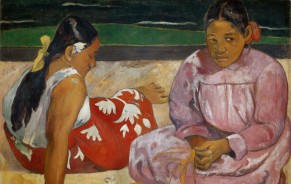The White House is one of the most famous homes in the world for a number of reasons, a few being the rooms with designated colors.
In a home like that, it might seem like a single color for a room was a rudimentary design choice but that's far from the case. A great deal of planning, creativity and history have influenced the design of the White House from its beginning through today.
Before delving into the specifics of the namesake rooms, here are some general reminders about the White House.
George Washington selected the location for the White House in 1791 and Irish-born architect James Hoban designed the home. Construction began shortly after in 1792.
Eight years passed and the White House was still incomplete, but President John Adams moved in anyways. Before his wife Abigail arrived, he wrote her a letter in which he said, "Before I end my letter, I pray Heaven to bestow the best of Blessings on this House and all that shall hereafter inhabit it. May none but honest and wise Men ever rule under this roof."
During the War of 1812, the British set fire to the White House in 1814 and it was heavily damaged. President James Monroe was finally able to move into the building in 1817 and he later added the South Portico in 1824. Andrew Jackson added the North Portico in 1829.
Several changes were proposed for the White House in the 19th century, including plans to significantly expand the house and ones that called for its demolition, but none were realized.
The first major renovation occurred under President Theodore Roosevelt in 1902. Roosevelt relocated the offices from the second floor to the newly constructed temporary Executive Office Building. They remain there to this day in what is now known as the West Wing.
The next major remodel was initiated by President Harry S. Truman after it was discovered the White House was structurally unsound. With the exception of the exterior, the place was gutted. Truman and his family moved back into the house in 1952.
Since then there have been other renovations.
In 2011, President Barack Obama and his wife, Michelle, hired Hollywood decorator Michael S. Smith to redecorate residential portions of the home. Each president and their family are allotted $100,000 to revamp the residence and the Oval Office, however, the Obamas chose to use their own money to renovate the spaces. As a result, the White House did not disclose how much the family spent, according to New York Magazine.
Here is some history about the namesake rooms in the White House.
The Red Room
The Red Room got its name from the fabrics, tapestries and floor covering chosen in the 1840s. The walls are not painted — they are covered in a red twill satin fabric with a gold design in the borders. The furniture is upholstered in red silk of the same shade.
First Lady Jacqueline Kennedy refurbished the room when she lived in the White House and had a reproduction of a 19th century French Savonnerie carpet installed.
The room has an interesting history. Beginning in 1809, First Lady Dolley Madison held weekly meetings every Wednesday to encourage socializing between opposing political parties and First Lady Eleanor Roosevelt held press conferences for woman reporters in 1933, who were not permitted to attend regular ones at the time.
Theodore Roosevelt used the Red Room as a "smoking room" where male guests adjourned after dinner for cigars and brandy.
It was also the location for the secret swearing-in of President Rutherford B. Hayes right after his hotly contested defeat of Samuel J. Tilden in the election of 1876. For fear of a coup, he took his oath of office in the room on a Sunday, then again publicly March 5, 1877.
The Blue Room
The Blue Room was originally decorated in red, but President Martin Van Buren changed the color for the drapes, upholstery, and carpet during an 1837. The walls were made Blue in 1902 to match.
The furniture is perhaps the biggest story of room.
After the British set fire the White House in 1814, President James Monroe and his wife ordered mahogany furniture but the purchasing agents in France substituted a 53-piece suite of gilded furniture made in Paris by Pierre-Antoine Bellangé. Although most of it was later sold at auction in 1860, eight of the original pieces have been found and brought back to the room since 1961.
It is in the center of the State Floor of the White House and used by the president to receive guests, including members of congress and foreign heads of state. Dinners, luncheon, special meetings and other events have also taken place there over the years.
The Blue Room is also the home to the official White House Christmas tree.
The Green Room
Throughout most of its history, the Green Room has been a place for tea and receptions in the White House but it has served other purposes.
Thomas Jefferson used it as a dining room and had a green cloth placed on the floor. Green draperies were added later by John Quincy Adams and by 1825 it was known as the "Green Drawing Room."
Edith Roosevelt received guests before the weekend musicals and concerts that took place in the adjoining East Room.
It has also been a place for mourning. The body of Willie Lincoln, who died in the White House of typhoid fever in 1862, was placed in an open casket in the Green Room before his burial. According to the White House website, Mrs. Lincoln reportedly never entered the room after that.
Below is some information about other rooms in the White House.
The Library
Most of the Ground Floor rooms of the White House were service areas before Theodore Roosevelt's major remodel of the home in 1902. What is now the Library, was once a laundry room.
The collection of about 2,700 books was originally complied in 1961 and updated in 2005. It primarily consists of works on American life and thought.
It is also home to some unique furnishings, including portraits of four Native American leaders who visited the White House in 1821-22 and two armchairs from a set made in 1817 for President James Monroe.
Today, the Library has become a popular place for media at the White House. Below is an interview of President Obama in the Library that shows the space from a couple angles.
The Vermeil Room
This room has changed its purpose many times over the years and is named for the large collection of vermeil (gilded silver) on display. The 1,575 piece collection was gifted to the White House in 1958 by Margaret Thompson Biddle and contains work by the most prominent English and French silversmiths from the 18th and 19th centuries.
Prior to the remodel by President Roosevelt in 1902, the room was used by servants as a bedroom and storeroom. It was then a coat and dressing room for guests and later an office, conference room and billiard room. Since the Nixon administration, it was been a sitting area.

